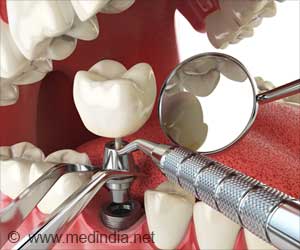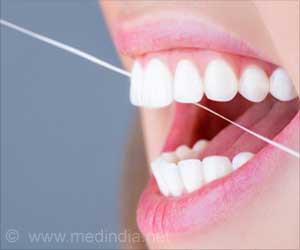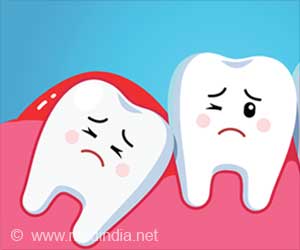A novel nanotechnology technique can boost the longevity of dental fillings, claims a Medical College of Georgia (MCG) researcher.
A novel nanotechnology technique can boost the longevity of dental fillings, claims a Medical College of Georgia (MCG) researcher.
The tooth-coloured fillings are usually more attractive than silver ones, but the bonds between the white filling and the tooth quickly age and degrade."Dentin adhesives bond well initially, but then the hybrid layer between the adhesive and the dentin begins to break down in as little as one year. When that happens, the restoration will eventually fail and come off the tooth," said Dr. Franklin Tay, associate professor of endodontics in the MCG School of Dentistry.
He added: "Our adhesives are not as good as we thought they were, and that causes problems for the bonds."
To make a bond, a dentist etches away some of the dentin's minerals with phosphoric acid to expose a network of collagen, known as the hybrid layer.
Acid-etching prepares the tooth for application of an adhesive to the hybrid layer so that the resin can latch on to the collagen network, but the imperfect adhesives leave spaces inside the collagen that are not properly infiltrated with resin, leading to the bonds' failure.
Thus, in order to prevent the aging and degradation of resin-dentin bonding by feeding minerals back into the collagen network, Tay is investigating guided tissue remineralisation.
Advertisement
Tay got the idea of the technique by examining how crystals form in nature.
Advertisement
The crystals, called hydroxyapatite, bond when proteins and minerals interact.
Tay will use calcium phosphate, a mineral that's the primary component of dentin, enamel and bone, and two protein analogs also found in dentin so he can mimic nature while controlling the size of each crystal.
"When crystals are formed, they don't have a definite shape, so they are easily guided into the nooks and crannies of the collagen matrix," he said.
In theory, the crystals should lock the minerals into the hybrid layer, and prevent it from degrading.
If the concept of guided tissue remineralisation works, Tay will create a delivery system to apply the crystals to the hybrid layer after the acid-etching process.
The study has been published in the Journal of the American Dental Association.
Source-ANI
LIN














